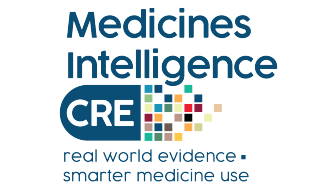
Dr Jacques Raubenheimer
University of Sydney
Learn more opens in a new windowProject Incubator Program

Dr Cairns’ Poisoning And enVenomation Linkage to evaluate Outcomes and clinical Variation in Australia (PAVLOVA) data linkage has linked NSW CHeReL Master Linkage Key (MLK) data with NSW Poisons Information Centre (PIC) and Toxicology unit data to Oct 2020, but is not linked to PBS/MBS data. While this is one of the largest such data linkages in the world, there are certain questions related to medicines poisoning which we cannot address without access to information on healthcare and medicines dispensing.
We aim to add an update to PAVLOVA, using our in-place methods for the first linkage, with an application for PBS/MBS data from the AIHW for the period Jan 2017–Oct 2023.
Our long-term goal is to develop a data linkage that will allow us to evaluate the NSW SafeScript Real Time Prescription Monitoring (RTPM) programme. NSW started SafeScript data collection in Apr 2021 and the RTPM programme was trialled in the Hunter region from Oct 2021, with the state-wide rollout from Nov 2022. To evaluate SafeScript, we need to combine NSW-PIC and toxicology unit data (which gives us detailed information on medicines involved in poisoning) with prescriber (MBS) and dispensing (PBS) data, as well as data on hospital admissions and death. This will give us poisoning information covering the pre- and post- SafeScript NSW rollout.
We will use the analysis of these data to motivate for a more complete linkage which will include SafeScript data through the MLK.
Jan 2023 - Dec 2026
Prof Nick Buckley - University of Sydney
Dr Firouzeh Noghrehchi - University of Sydney
Dr Rose Cairns - University of Sydney
Prof Nicole Pratt - University of South Australia
1) What PBS dispensing and GP consultation preceded medicines poisoning in NSW in the data linkage period?
2) Is there a temporal relationship between prescription dates/dispensing dates for medicines, and poisoning with those same medicines?
Our results will inform the ongoing application of RTPM in NSW, and will, amongst others, lead to the identification of new medicines causing harm which should be monitored, the identification of unintended consequences which may need to be addressed, and what measures NSW Health should implement to improve the effectivity of the RTPM system. Our ultimate aim is for this research to lead to a reduction in medicine-related harm in NSW.
This section will be updated throughout the project. Please return in the future to see the impact from this project.